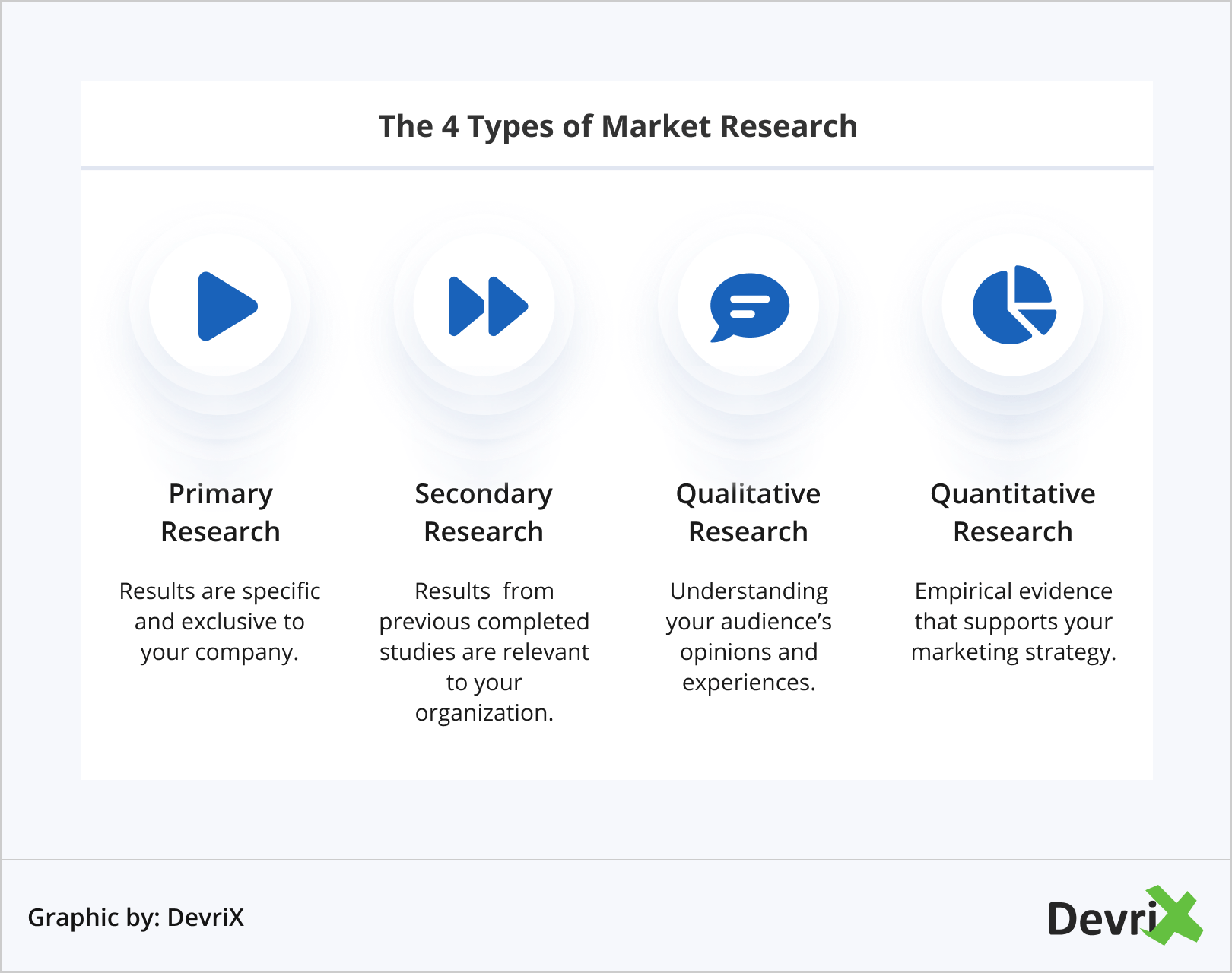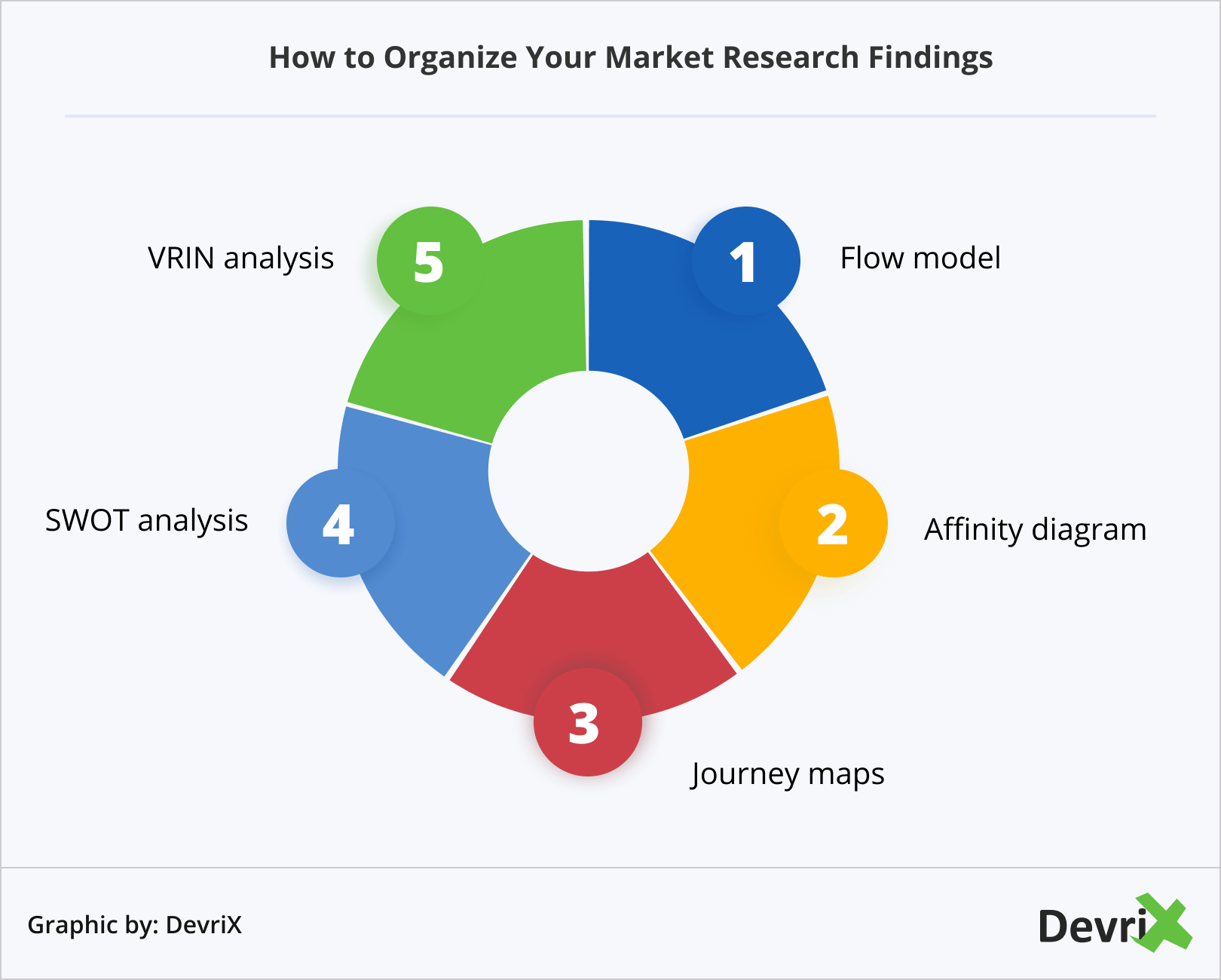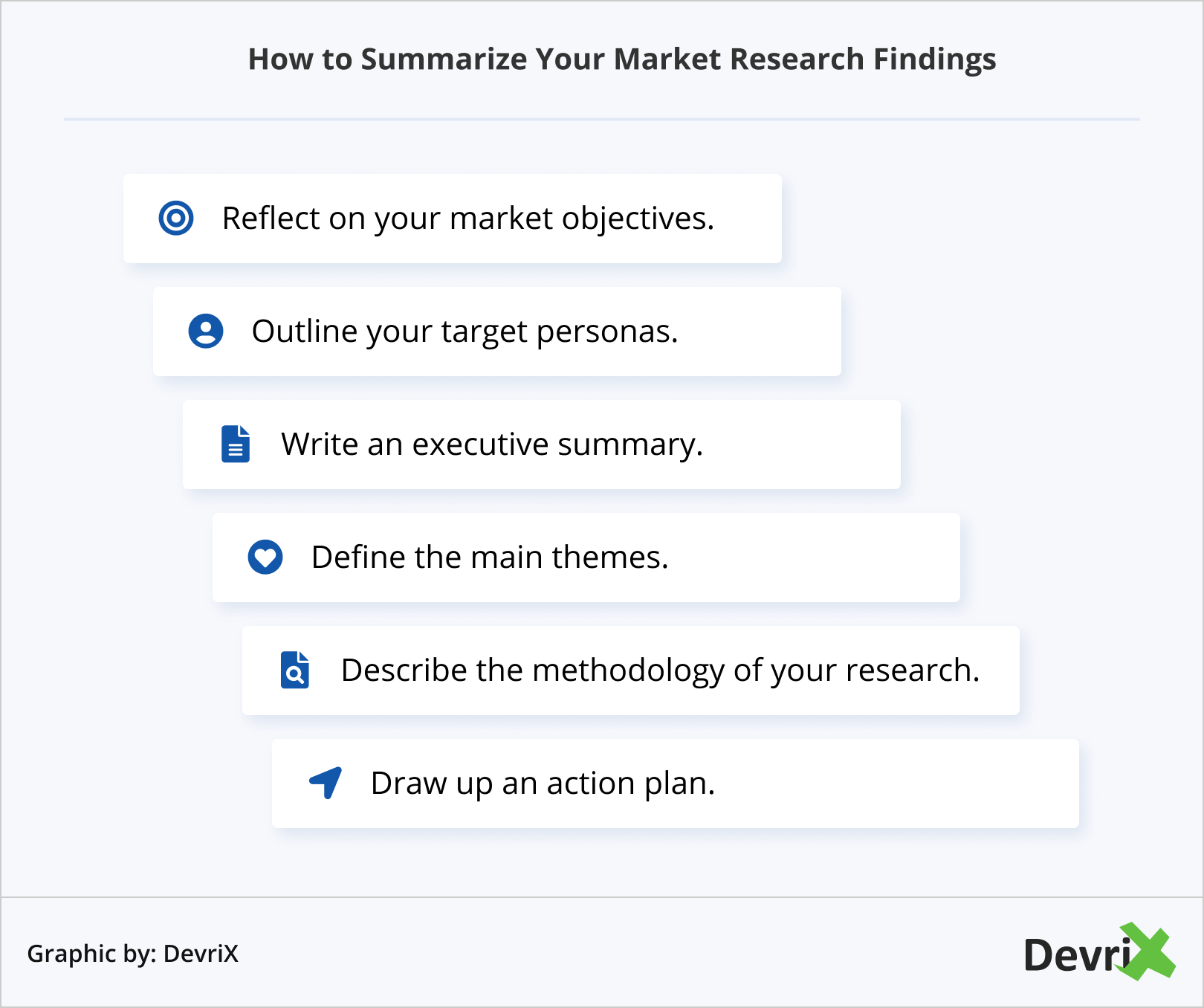At the core of every successful marketing strategy, market research is vital to any SaaS business. It provides the best way to fully understand your customers, industry, and competitors. More specifically, it enables you to evaluate how effective and viable your product is in solving your target audience’s problems.
Understanding users without research is an impossible task. Even if you have a general idea of who they are and what they need and like, you have to delve deeper if you wish to win their loyalty. This means getting to know their pain points, frustrations, and desired solutions, and then using this knowledge to ensure your product/service truly appeals to them.
Your market research plays an important role in helping you identify the strengths and weaknesses of your SaaS offer against competitors’. Moreover, it gives you an analytical understanding of your business environment, so you can identify the actions you need to take to secure your competitive advantage.
This type of research requires concentrated and methodological efforts. So to make this easier for you, we’ve prepared this guide that breaks the process down into five steps.
1. Set Your Market Research Objective
A market research objective, by definition, is a statement that outlines the specific things you want to achieve considering your resources and your time frame. This helps marketers set clear expectations at the beginning stages of their research to ensure they collect valuable relevant data.

To set your objectives, think about the outcome you want to achieve with your research. The more data you collect, the more confusing things can become. To make the process more organized, you need to boil down the core reason for researching your market, and a great way to frame this is by asking the right questions.
For instance, a question like, “Which product/service features are most important for our clients?” will help you understand their preferences in the order of importance. Alternatively, if you ask, “What are the research habits of our customer segments?” you’ll be able to see which common factors prompt users to search for a product/service like yours.
Next, is your statement. Here are some things to keep in mind:
- Ensure that your objective fits into your overall marketing strategy. Is it part of your competitor research, your brand awareness, or product launch?
- Talk with your teams. You need to ensure that everyone is aligned on the overarching reason for the research.
- Include your target customers. Focus on researching one user segment at a time.
- Include a measurable element. This can be a sentiment, behavioural trends, frequencies, etc.
- Choose a user behaviour or action to focus your research on. For instance buying a product, clicking on an ad, navigating your website, etc.
When creating your marketing research objective, keep it short and straight to the point. Avoid assumptions, and focus on one or two key outcomes at most. For example, if you’re a SaaS company that wants to innovate workflow processes your research objective can be: “Understand the end-to-end process of why and how users choose a workflow management software.”
2. Define Your Research Questions
After you have set your marketing objectives, the next step is to create a list of research questions for your target market, customers, and competitors.
The market research questions for your target market should be demographic, psychographic and behavioural in nature. For example:
- Demographic questions: What is your age, education level, place of residency, and occupation?
- Psychographic questions: What are your interests and hobbies? What are your main goals? What are your biggest challenges?
- Behavioural questions: Have you used a product similar to ours? Why and what for? What did you like/dislike about it? How pleased were you with the customer support?
When it comes to your customers, you should ask them questions related to their experiences with your product/service such as:
- How would you describe your experience with our product?
- Which of your problems does the product solve?
- How well does the product meet your needs?
- What do you like most about the product?
- How likely are you to recommend our brand to your peers?
- What made you choose us over our competitors?
When you’re done assessing your target market and your customers, you can start researching your competitors. Here are a few examples:
- How is our brand similar to and/or different from our competitors?
- How does our competition attract customers? Are their practices effective?
- What is our competitors’ website traffic like?
- Where does this traffic come from?
- What type of content performs well for our competition?
The right market research questions will help you improve your marketing strategies, business operations and customer satisfaction.
3. Understanding the Four Types of Market Research
Market research can be divided into four comprehensive types – primary, secondary, quantitative, and qualitative, each one allows you to analyze your market differently.

Primary Research
This type deals with all the first-party data you have collected from contact forms, surveys, polls, interviews, focus groups, etc. It is arguably the most valuable type of research because the information obtained comes directly from your customers. Moreover, you can gain insight into your business’s strengths and weaknesses. It also allows you to comprehend the overall client experience.
Secondary Research
Secondary research deals with second- or third-party data collected from the information that already exists in the marketplace. It is usually done by other businesses or organizations and includes industry reports, whitepapers, articles, ebooks, videos, infographics, etc. The goal is to help you understand your industry better and how it, and your competitors, operate
Qualitative Research
Qualitative research deals with primary and secondary data that cannot be measured. The objective is to understand your audience’s opinions and experiences with your business and find out why they would pick you over competitors.
To obtain your answers, ask open-ended questions such as:
- What made you choose our product?
- Which features do you like about it the most?
- What made our product stand out?
- What do you think can be improved about our product? Why?
Quantitative Research
Quantitative research deals with measurable numerical data that is used in statistical analysis, which can also be primary and secondary in nature. It’s all about gaining empirical evidence to support your marketing strategy, and it can include: page views, bounce rate, website traffic, number of subscribers, social media followers and engagement, net promoter score, etc.
The data collected can be used as a benchmark to decide whether your marketing efforts are worthwhile or not. Additionally, quantitative research has a major advantage because you can use analytics platforms to track your progress and adjust your strategy accordingly.
4. Organize and Analyze Your Findings
Once you’ve collected various data from your primary, secondary, qualitative, and quantitative research, you need to organize and analyze your findings.

It’s important to analyze the data without drowning in it. Here are some techniques on how to do that:
- Flow model. This will help you get a visual representation of all the collected information. Additionally, it will enable you to assess your customers’ needs and see how they interact with your products.
- Affinity diagram. This technique is great for sorting and grouping large amounts of data. It will help you spot themes, trends, and patterns in user behavior.
- Customer and user journey map. These two maps can show you the stages and processes a person follows to become a paying customer and an active user.
- SWOT analysis. Use this to analyze the strengths, weaknesses, opportunities, and threats against your competitors.
- VRIN analysis. With this, you can pinpoint the ways your product is superior, i.e. what makes it more valuable, rare, inimitable, or non-substitutable.
- Porter’s Five Forces. Use this framework to better understand your industry by analyzing buyer and supplier power, threats of substitutes and new entrants, and competitive rivalry.
When arranging and grouping your data, refer back to the research objectives you set earlier. This way you can organize all your information better as well as assess your market opportunities easier.
5. Review Your Conclusions and Take Action

After you have collected, organized, and analyzed your findings, you need to ask yourself what they mean for your SaaS business, and what actions you are going to take.
Steps to creating a summary:
- Look back at your main objective/s.
- Group the research participants into target personas.
- Write an executive summary and include the most interesting observations.
- Outline what made you conduct the research in the first place.
- Define the main themes of your discovery.
- Describe how a decision is made and who it involves.
- Draw up a plan where you include a timeline, your priorities, and the potential impact on your business.
Whatever conclusions you reach, should align with your core objectives and business goals. Make sure there aren’t any gaps in your data so you can effectively examine the trends and problems within your industry.
Keep in mind that the marketplace and your business environment are constantly changing. You need to keep an eye on the two even after your initial research is over.
Analyze data on a regular basis, not only before launching a new product or updating a current one. The more you know about your target market, customers, and competitors, the more successful your marketing efforts and your organization will be.
Final Thoughts
Conducting market research is vital for any SaaS business. It helps you get an analytical understanding of what your customers want, where your company is positioned in the marketplace, and what makes your competitors successful.
Moreover, by collecting primary, secondary, qualitative and quantitative data you get a better idea of how well your SaaS product is performing against your competitors.
Once completed your research is not stale. Trends, preferences and needs change constantly so you need to collect fresh data and revisit your conclusions often.




![Influencer Marketing Statistics Every Business Should Know [Infographic]](https://devrix.com/wp-content/uploads/2019/10/Influencer-Marketing-Statistics-Every-Business-Should-Know-Infographic@2x-380x160.png)